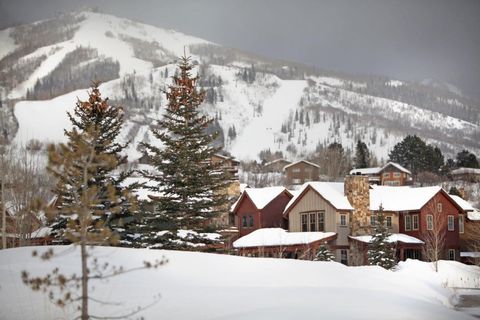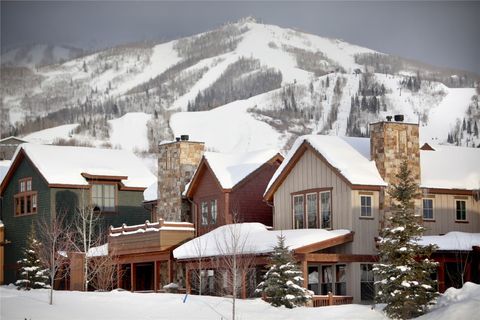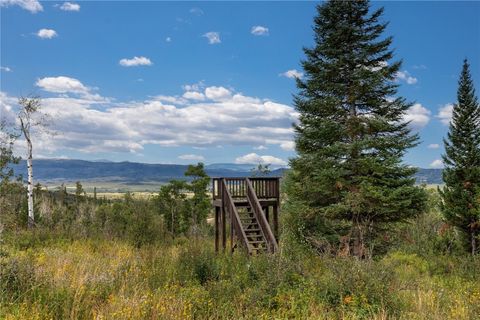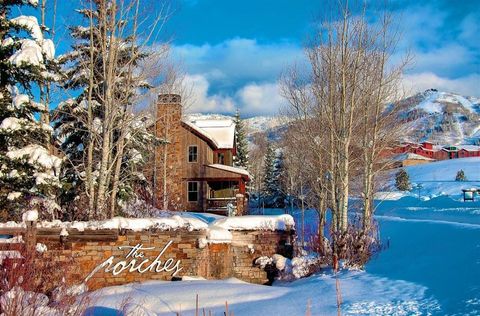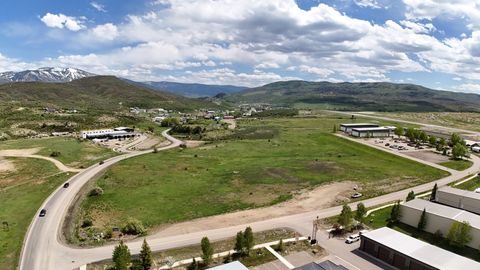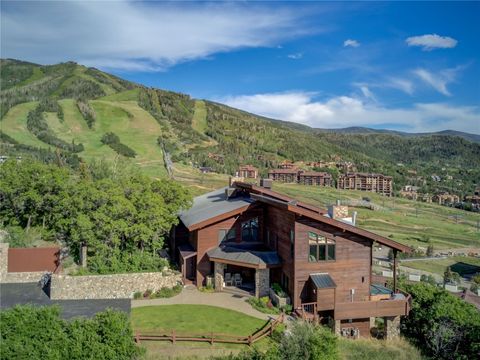Monday, September 20, 2010
This weekend the Yampa Valley provided us with a spectacular weekend of downright gorgeous fall colors and temperatures that beg us not to forget how warm and kind our summers can be. Fall sweaters that were pulled out last week during those few rainy days were again stashed; Saturday and Sunday were used to soak up what could be some of the last warm days of the season with short-sleeves, shorts, and sunglasses!
While we scramble to enjoy the last days of warm weather and soak up a full color pallet with the changing leaves, don’t forget to prepare your home for next summer with Deb Babcock’s helpful gardening tips. Tuck your garden in for a long winter nap so it will awaken in the spring full of energy!
From the Steamboat Pilot:
Deb Babcock: Plants need moisture to survive winter
Even though our gardens seem to be going into hibernation for the coming winter, they still may need watering before the snow covers them. Several factors determine how much, if any, water gardeners should give their plants in fall.
These factors include:
■ How much wind a garden gets
■ How hot the weather is
■ How exposed the garden is
■ How well the soil retains moisture
■ The garden’s contours
■ The age of a garden and its plants
■ The type and amount of mulch used
Wind and heat are particularly hard on garden plants, trees and shrubs because the moisture that comes from rain or from watering evaporates quickly. This especially is true in gardens with south or west exposures that receive more hours of the most intense sun here in the mountains.
If garden soil hasn’t been improved with compost or other organic materials, it probably doesn’t hold water as well as amended soil. Any water a garden gets will be held in like a sponge if organic materials are mixed into it. If it’s primarily sandy, clay or rocky with lots of shale, the water tends to just run off or go through the soil where it cannot be used by plants.
Fall is a great time to add compost to garden soil. Even just a top layer of a couple inches or so will help retain moisture as well as slowly release nutrients. Better yet, mix it in to a depth of 12 inches, if possible.
In a sloping garden, the water tends to run quickly downhill, leaving plants at the top of the slope with little water while drenching those plants at the bottom. Terracing slopes or planting grasses or other xeric plants can make the need for watering much lower.
Once plants have become established in a garden — generally after two seasons — they need less water than newly planted trees, shrubs and plants. Even if plants are rated as xeric or drought-tolerant, they still need to become established before it’s prudent to cut back on watering.
Finally, mulching a garden helps the soil retain moisture. To prevent evaporation from wind and heat and our dry climate here, add 1 to 2 inches of mulch.
This also helps keep down weeds. The mulch can cover the crown of perennials but should be kept a couple of inches away from the base of trees, so as to avoid small animals making a nest there and harming the tree by eating the bark.
Plants, trees and shrubs should go into winter with some moisture — not drenched — in the soil at their roots. Use these factors to determine whether they need a little more watering before the snow covers the ground.
At this time of year, watering is best done in the morning to allow the water to reach the plant roots before freezing night temperatures.
Never water plants when the weather is freezing or the ground already is frozen.
Making sure plants go into winter with adequate moisture at their roots heightens the chances they will make it through our harsh winters in fine shape, for a healthy, vibrant garden in the spring.
Deb Babcock is a master gardener through the Routt County Cooperative Extension Office. Call 970-879-0825 with questions.









